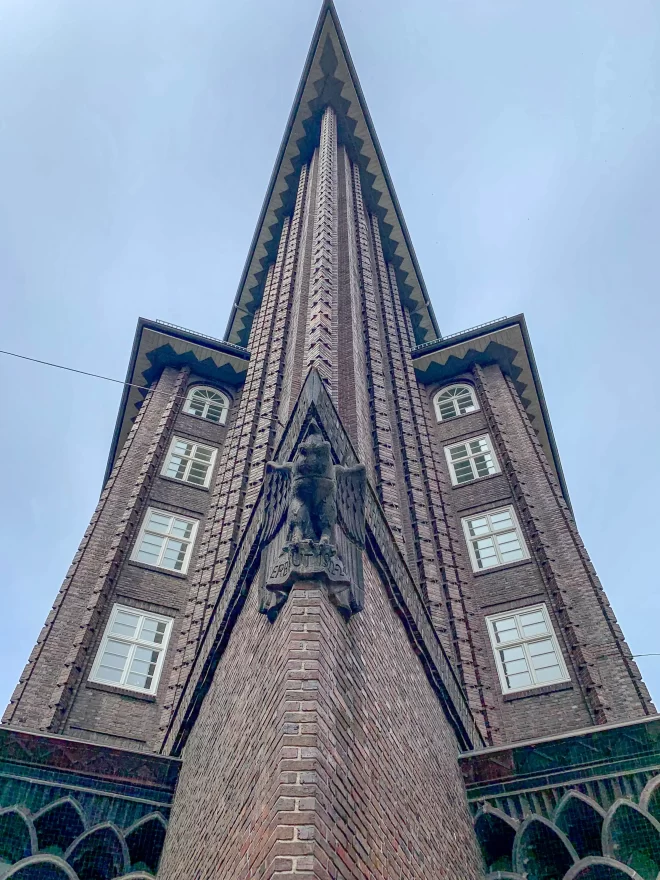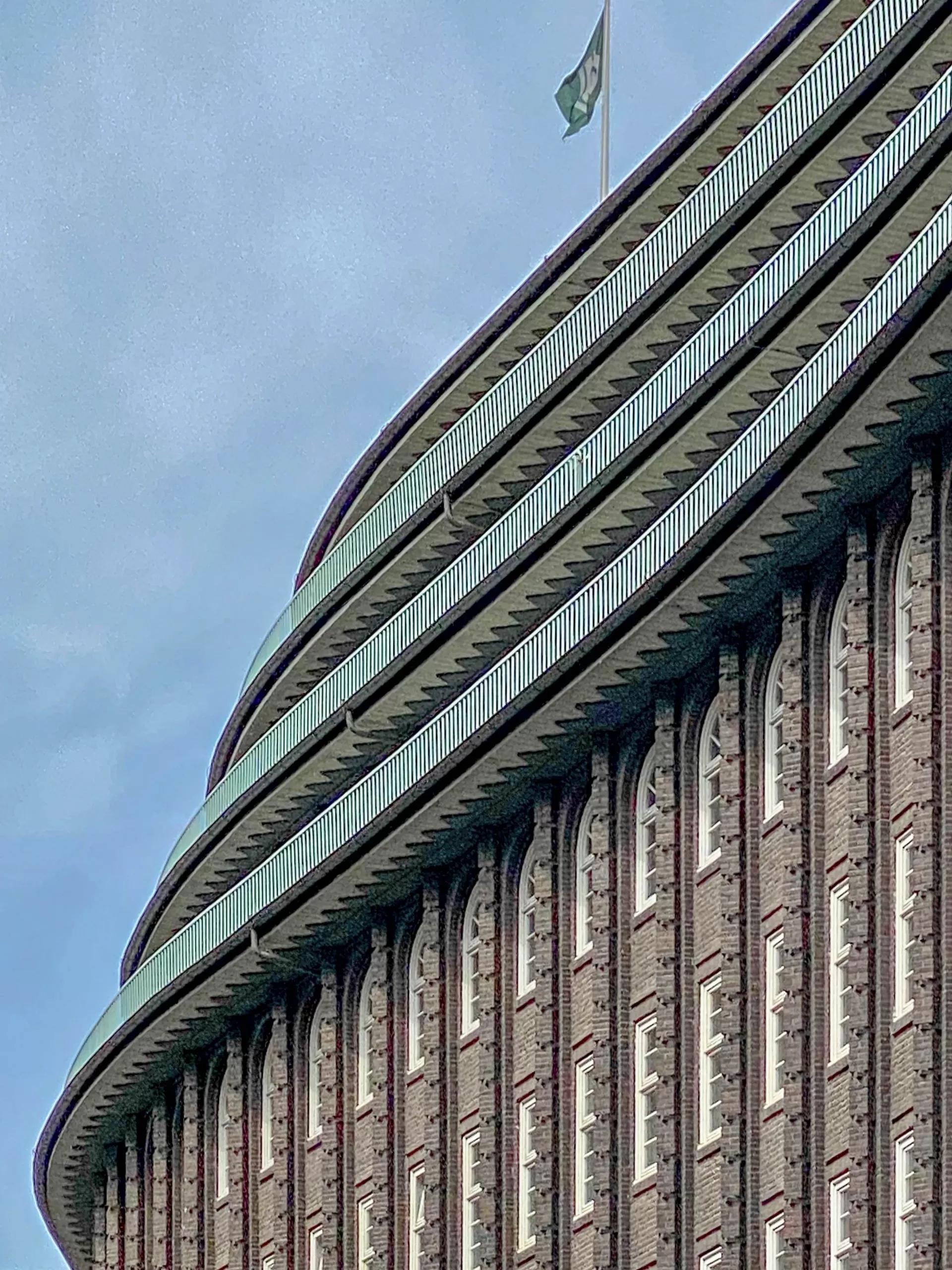
Chilehaus, 1922-1924. Architect: Fritz Höger. Photo: Daniela Christmann
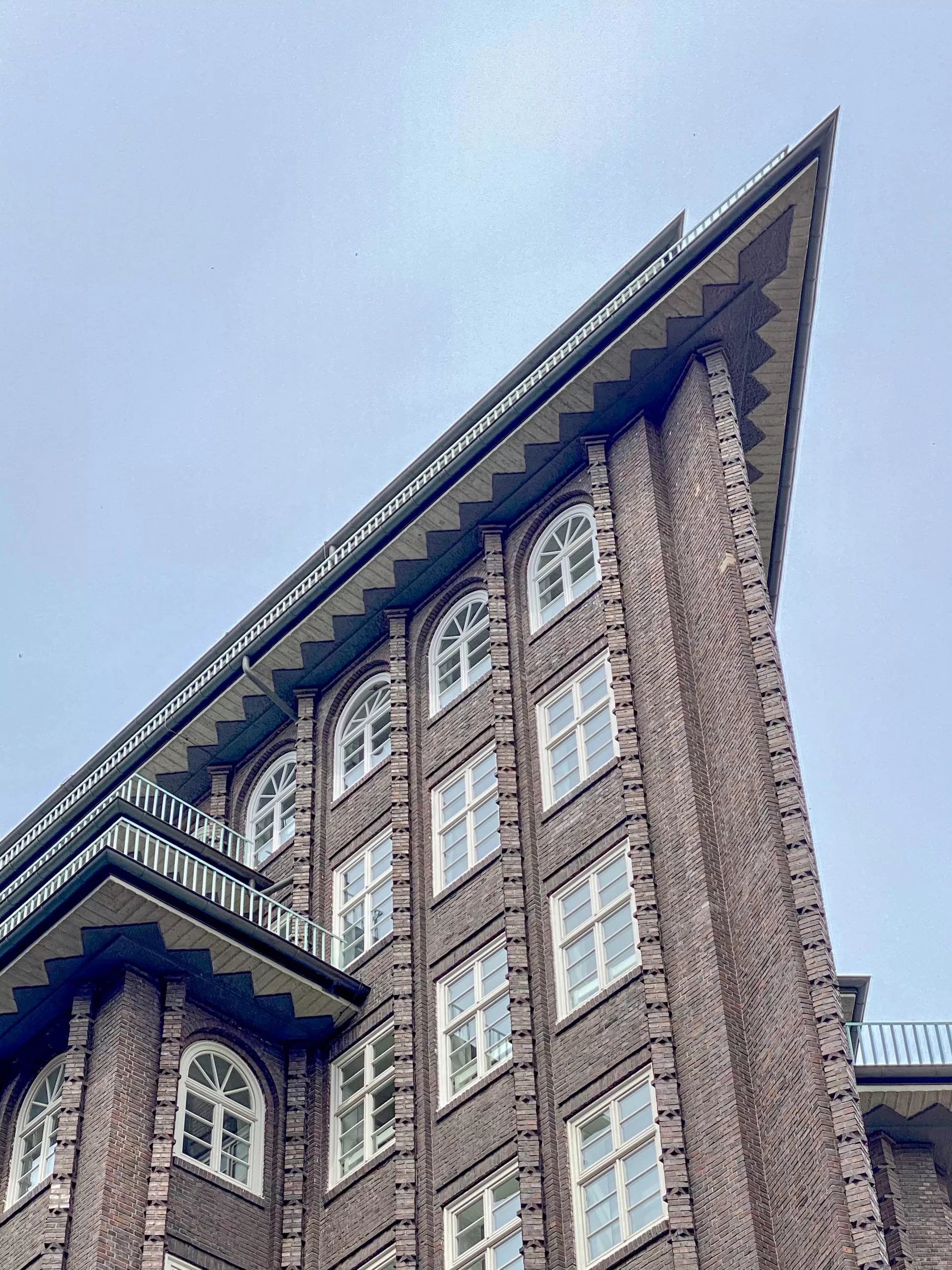
Chilehaus, 1922-1924. Architect: Fritz Höger. Photo: Daniela Christmann
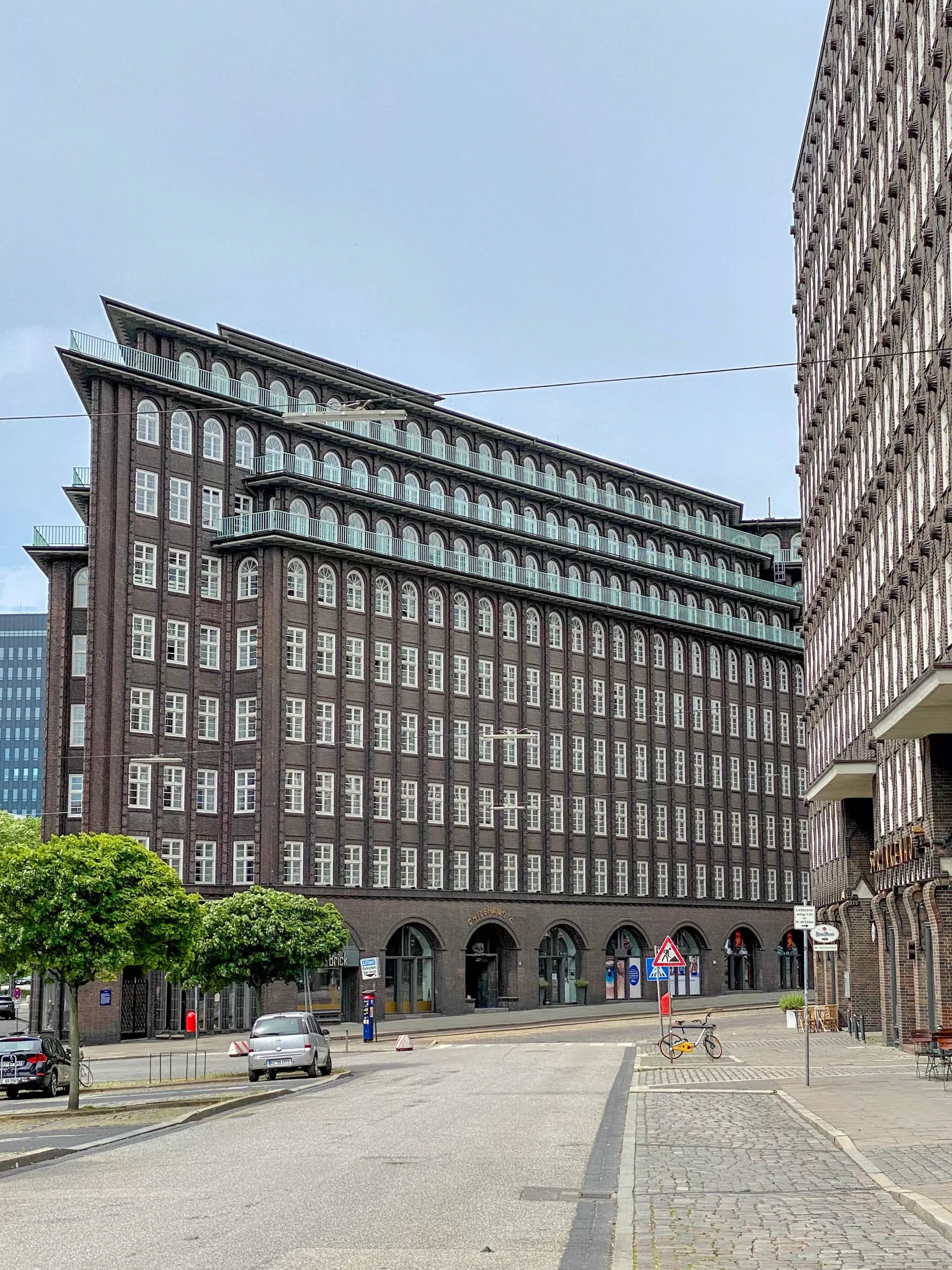
Chilehaus, 1922-1924. Architect: Fritz Höger. Photo: Daniela Christmann
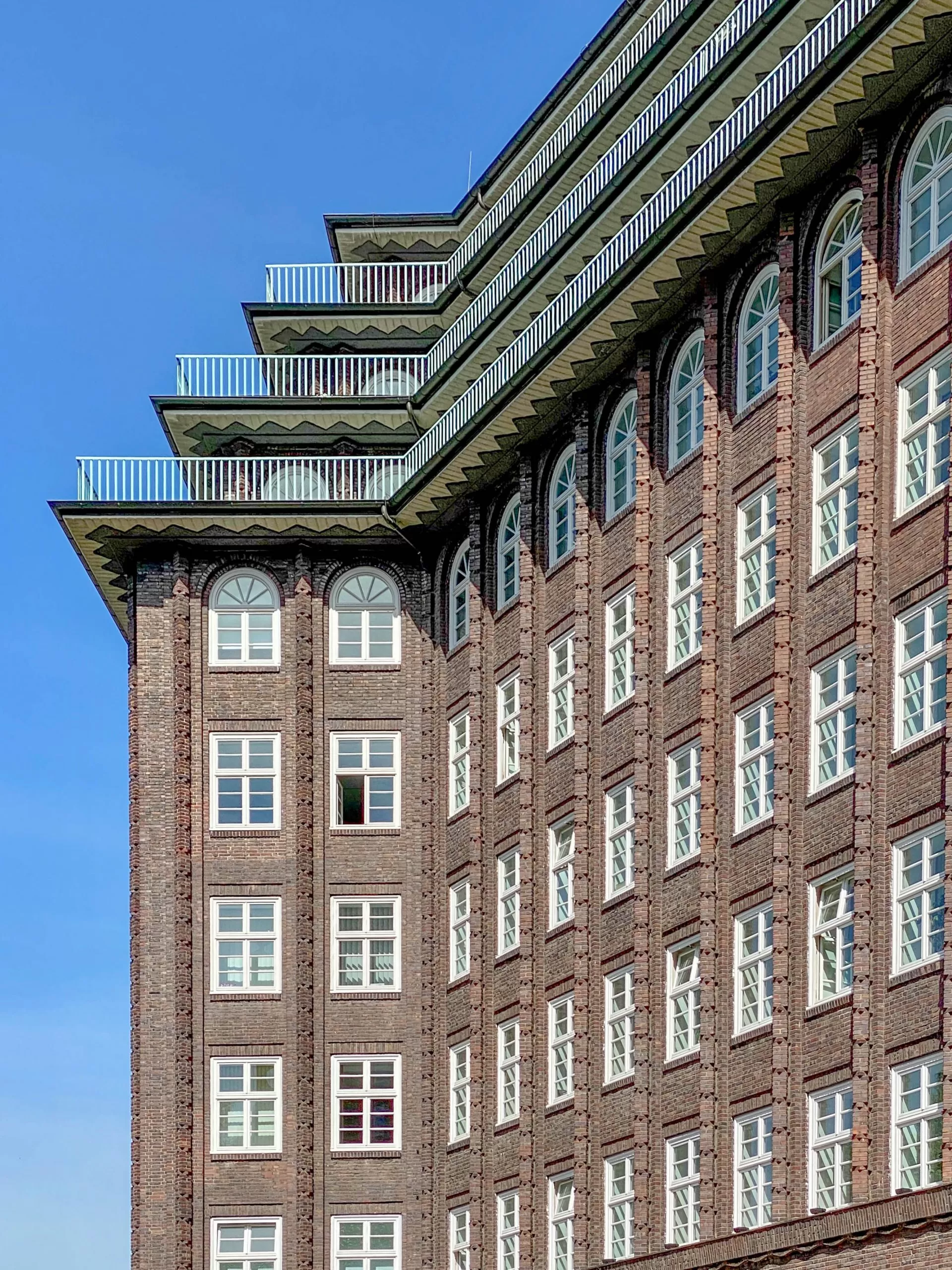
Chilehaus, 1922-1924. Architect: Fritz Höger. Photo: Daniela Christmann
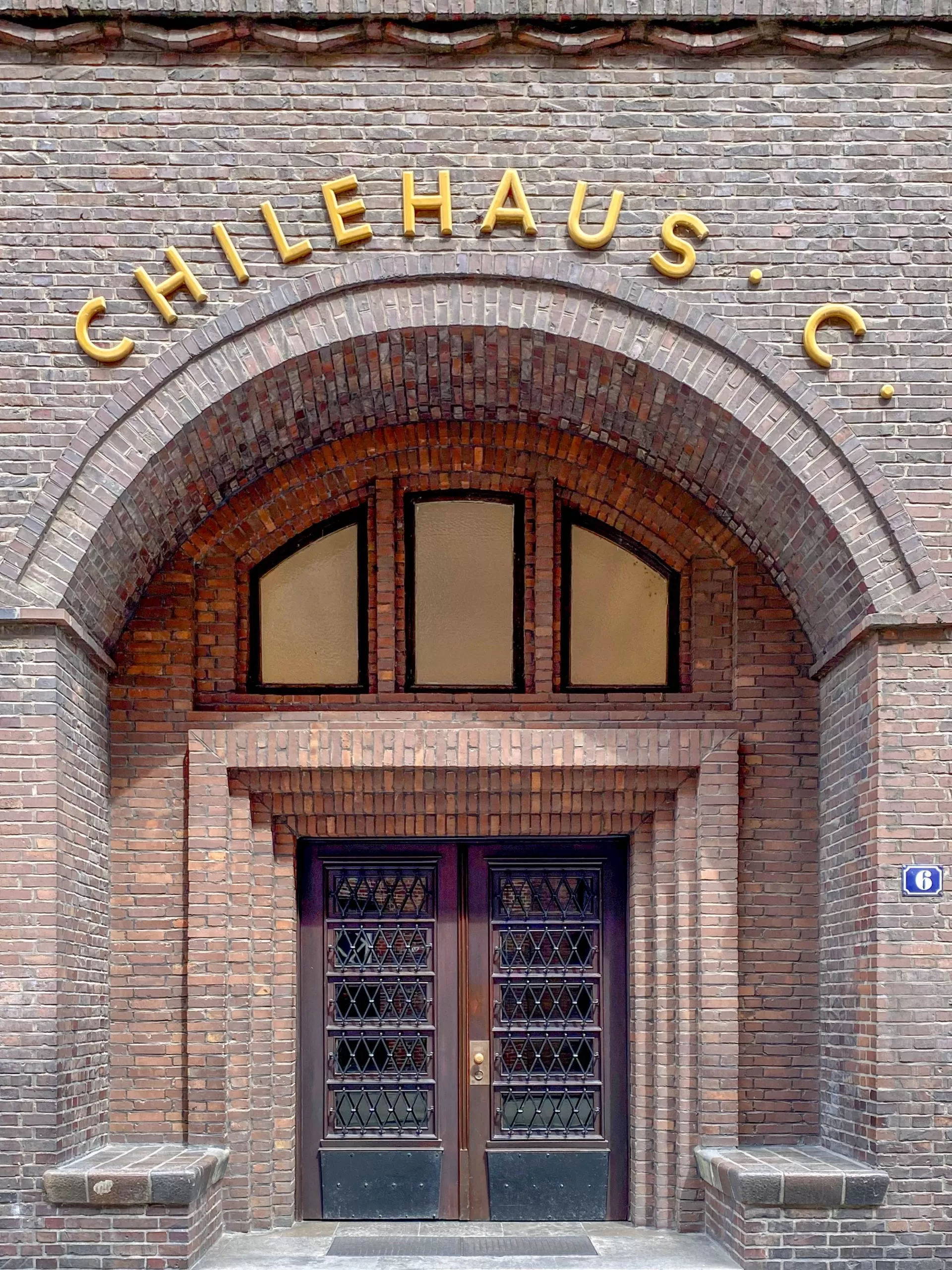
Chilehaus, 1922-1924. Architect: Fritz Höger. Photo: Daniela Christmann
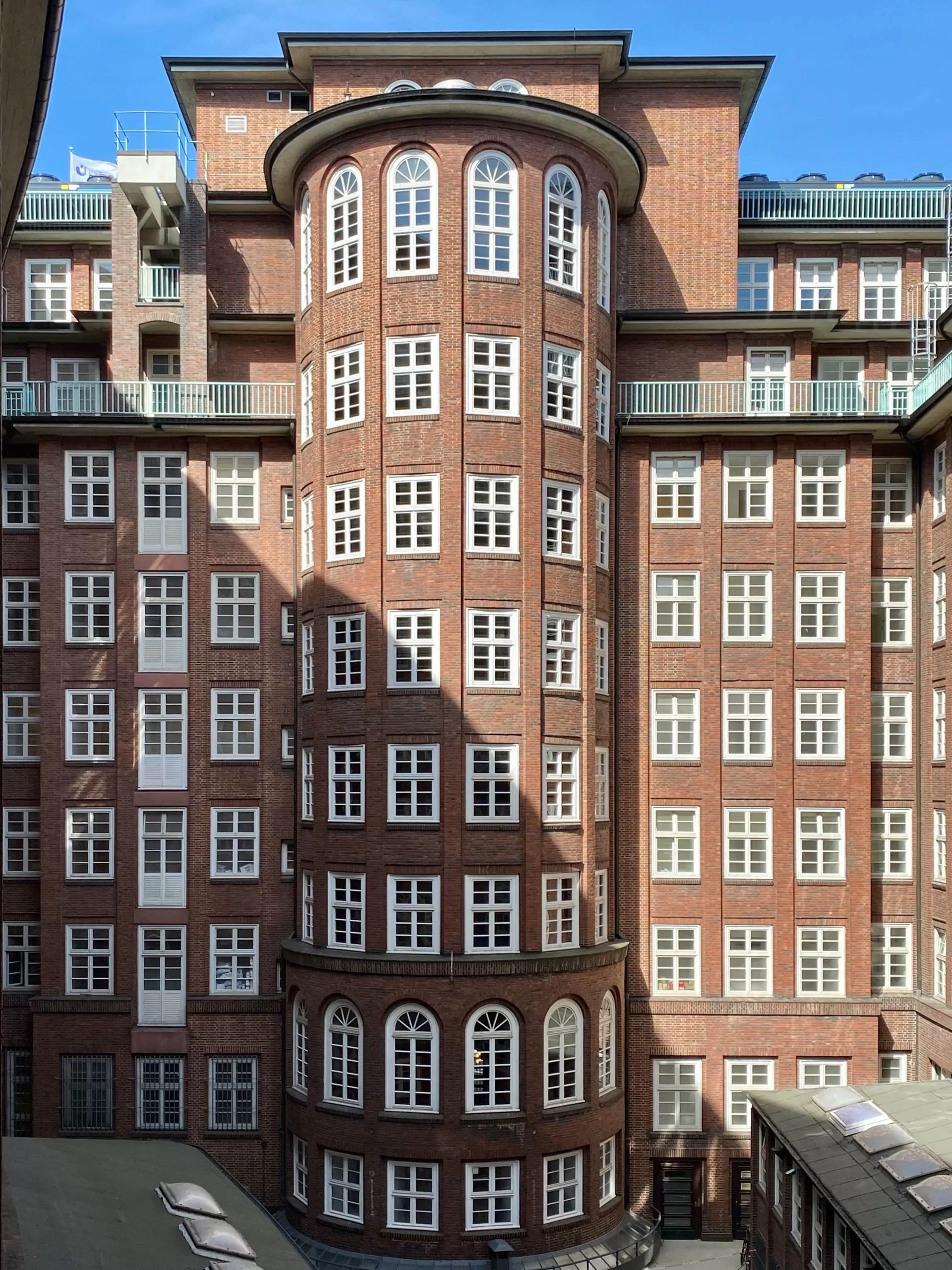
Chilehaus, 1922-1924. Architect: Fritz Höger. Photo: Daniela Christmann
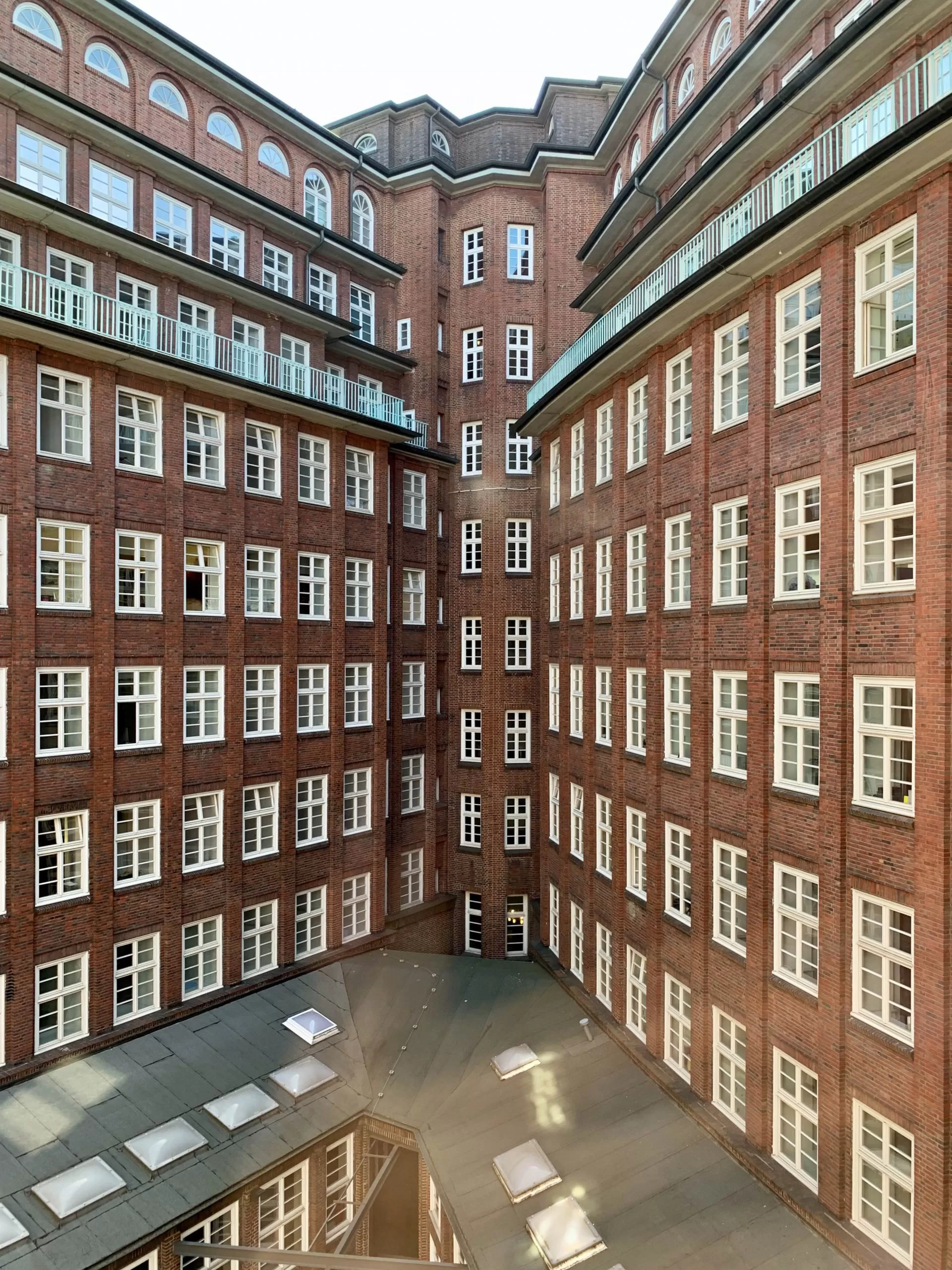
Chilehaus, 1922-1924. Architect: Fritz Höger. Photo: Daniela Christmann
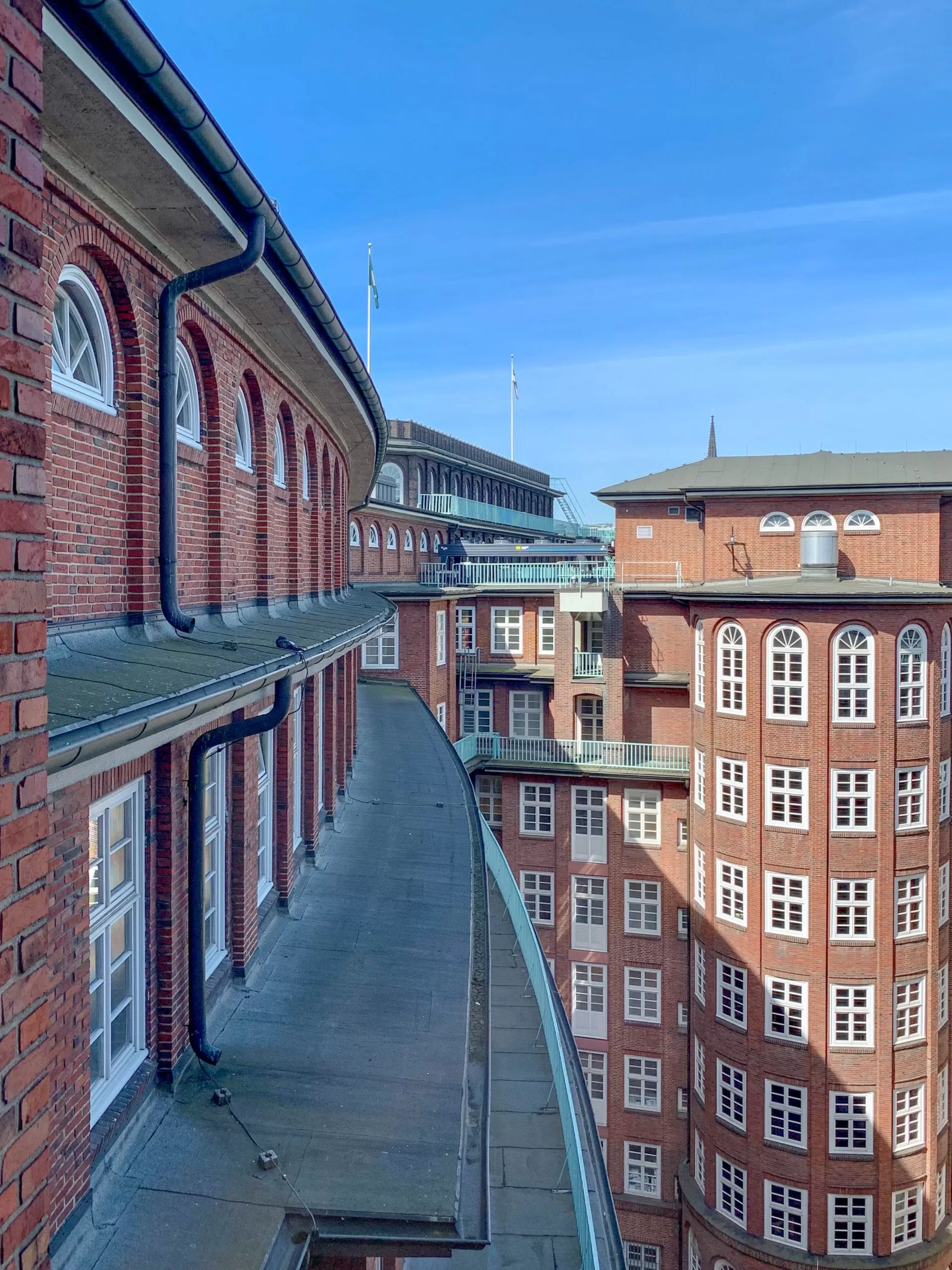
Chilehaus, 1922-1924. Architect: Fritz Höger. Photo: Daniela Christmann
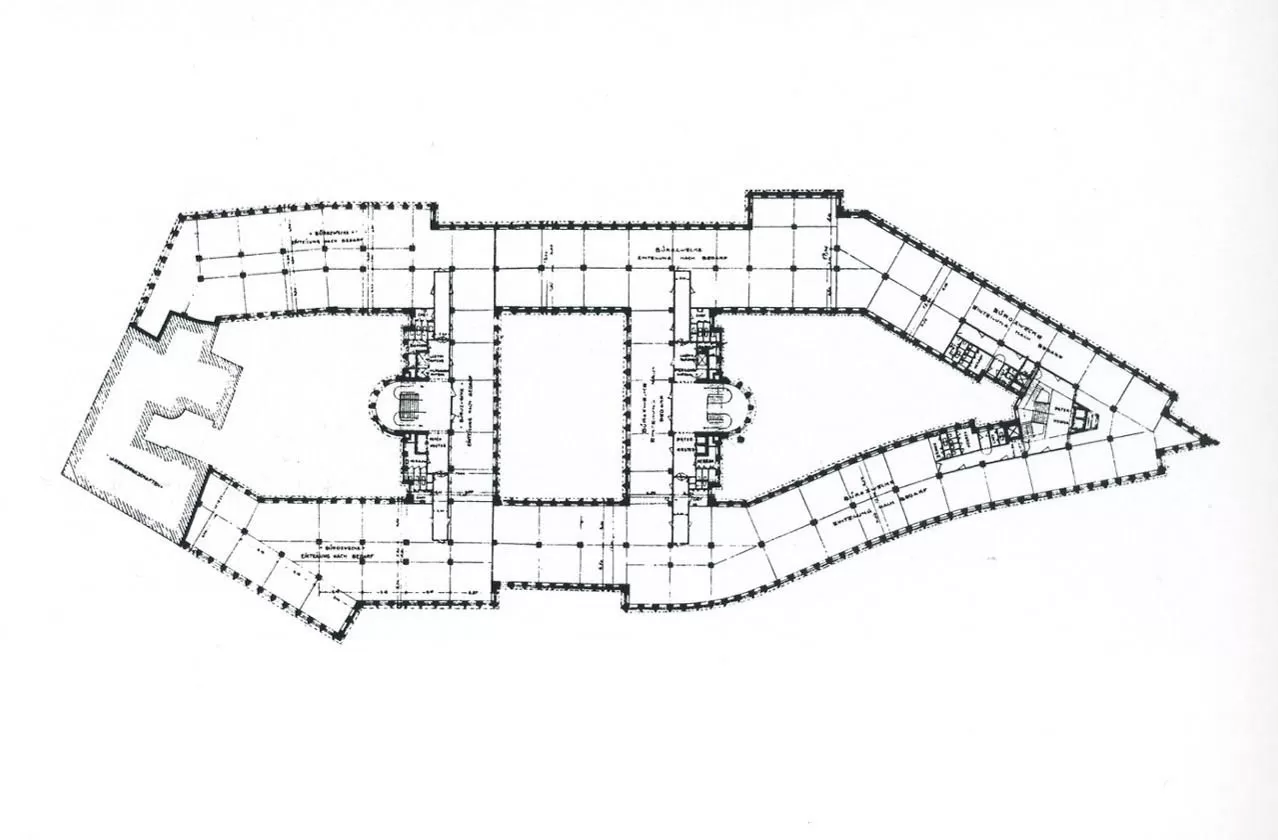
Genaral Floorplan. Chilehaus, 1922-1924. Architect: Fritz Höger
1922 – 1924
Architect: Fritz Höger
Burchardplatz 1-2, Hamburg, Germany
The listed Chilehaus was built in the years 1922 to 1924 as a Kontorhaus according to plans by Fritz Höger on a two-part, acute-angled plot in Hamburg.
It was above all a symbol of the will to rebuild during the inflationary period: in the midst of general unemployment, at times 4,000 craftsmen worked simultaneously on the building.
The ship’s bow and expressionist details soon made the building nationally famous and one of Hamburg’s landmarks.
Background
The client was the entrepreneur Henry Brarens Sloman, who had acquired his fortune by trading in saltpetre from mines in Chile.
In 1921, he had bought two plots of land measuring around 6,000 square meters on either side of the Fischertwiete.
Thanks to the foreign currency he had at his disposal as a result of his business dealings, he was able to start the construction project during the inflationary period.
Sloman had already purchased the 4.8 million Oldenburg clinker bricks needed for this in stock well before construction began.
Chilehaus
Fritz Höger‘s design was initially convincing with its proposal to build a gate-like structure over the Fischertwiete with a connecting wing.
Several amendments of the building lines to the building authorities were necessary in order to be able to realize the sharp prow of the building and the elegantly curved facade in the south.
With 36,000 square meters of floor space, the Chilehaus was one of the largest office buildings in the German Reich in the interwar period.
Inside, the concrete skeleton building had letting areas that could be divided up variably.
Facade
On the façade, filigree pillars shoot upwards and are supported by up to four staggered storeys.
Every seventh layer of masonry is rotated by 45 degrees, thus creating a diffuse flicker of the facade.
The arches on Fischertwiete are surrounded by a diamond-shaped brick bond reminiscent of a cross-stitch pattern.
Wave-shaped terracottas on the arcades and an Andean condor as a figurehead designed by sculptor Richard Kuöhl emphasize the building’s ship-like character.
Interior
The interior of the spacious building impresses with its elaborate details and clever combination of materials.
From the quiet inner courtyard on Fischertwiete, two staircases provide access to the building.
A third stairwell is located at the top of the building with access from the main facades.
The building materials terracotta, tufa and ceramic tiles determine the character of the staircases and entrance areas. The tiles were manufactured by Richard Blumenfeld AG in Velten.
Staircases
A wide staircase with cast-iron posts and rods painted green and a double-flight handrail leads visitors into the ten-story building.
Wrought-iron grilles with gilded details protect the portals in the courtyard.
Another staircase leads from here to a rounded intermediate landing where six floor-to-ceiling round-arched windows with dark blue tiled reveals light the room.
Wooden benches close off the windows at the bottom.
UNESCO World Heritage
The Chilehaus has been a listed building since 1983 and, as an integral part of the Kontorhausviertel district, was added to the UNESCO World Heritage List along with it in 2015.
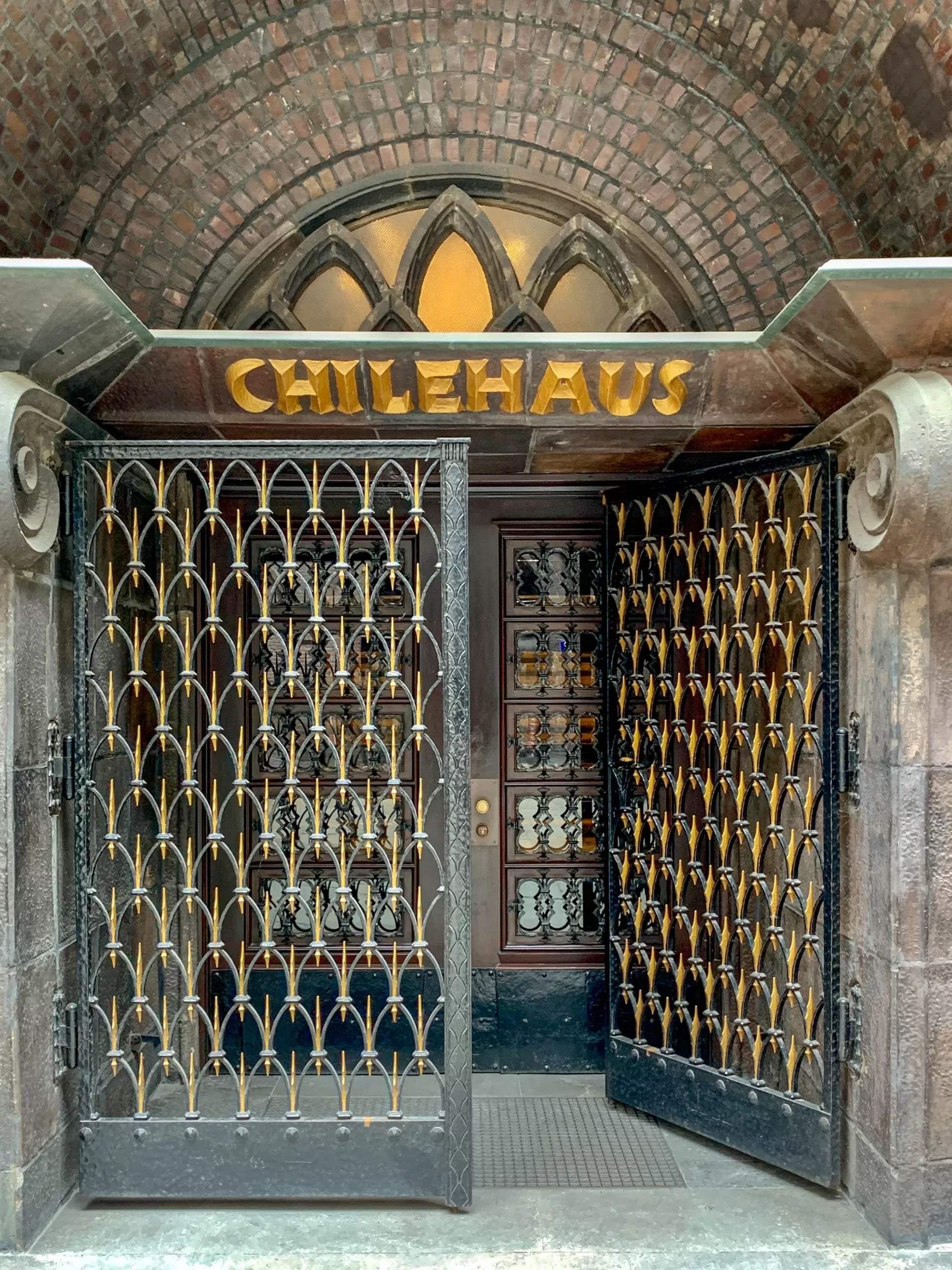
Chilehaus, 1922-1924. Architect: Fritz Höger. Photo: Daniela Christmann
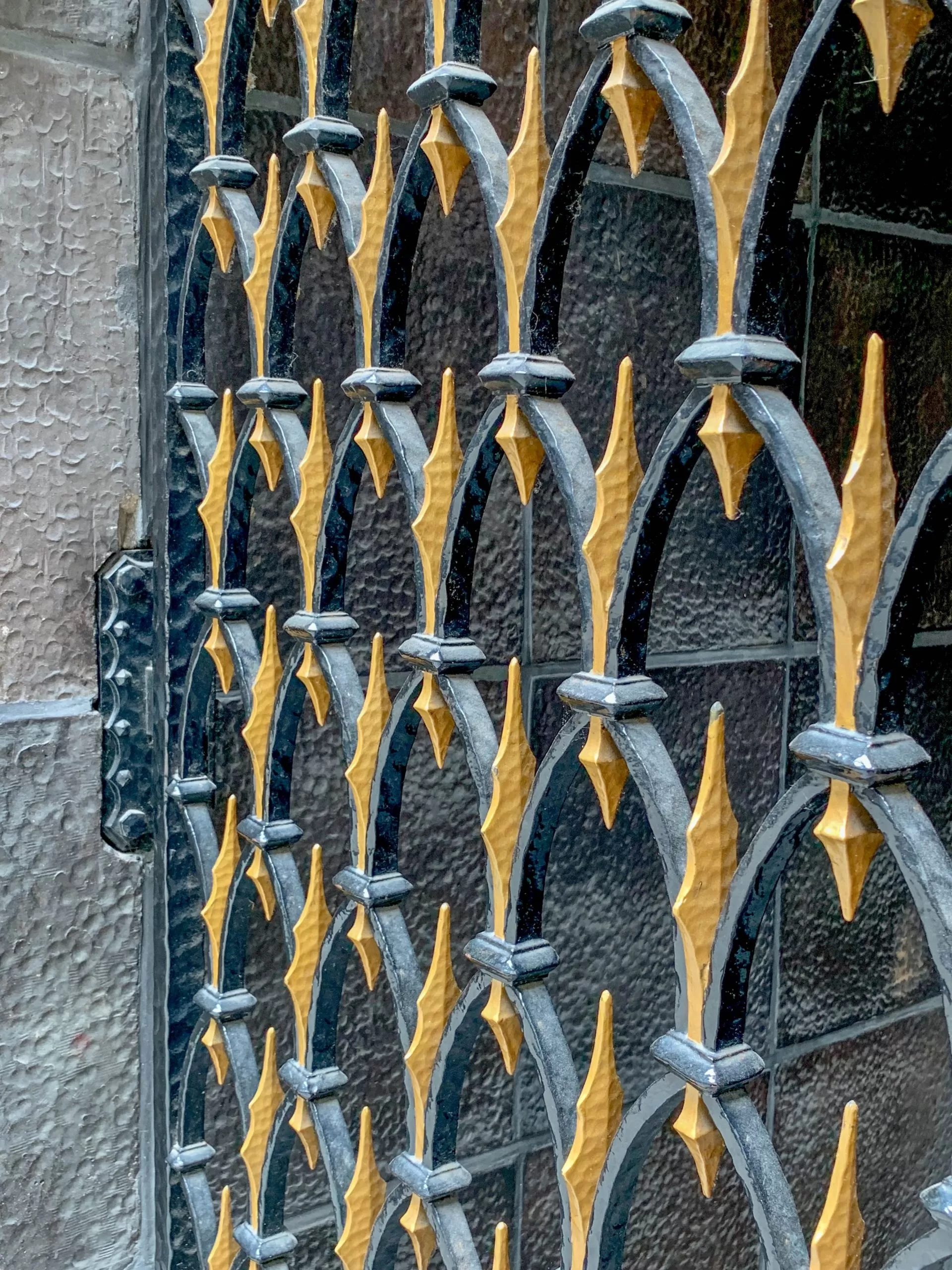
Chilehaus, 1922-1924. Architect: Fritz Höger. Photo: Daniela Christmann
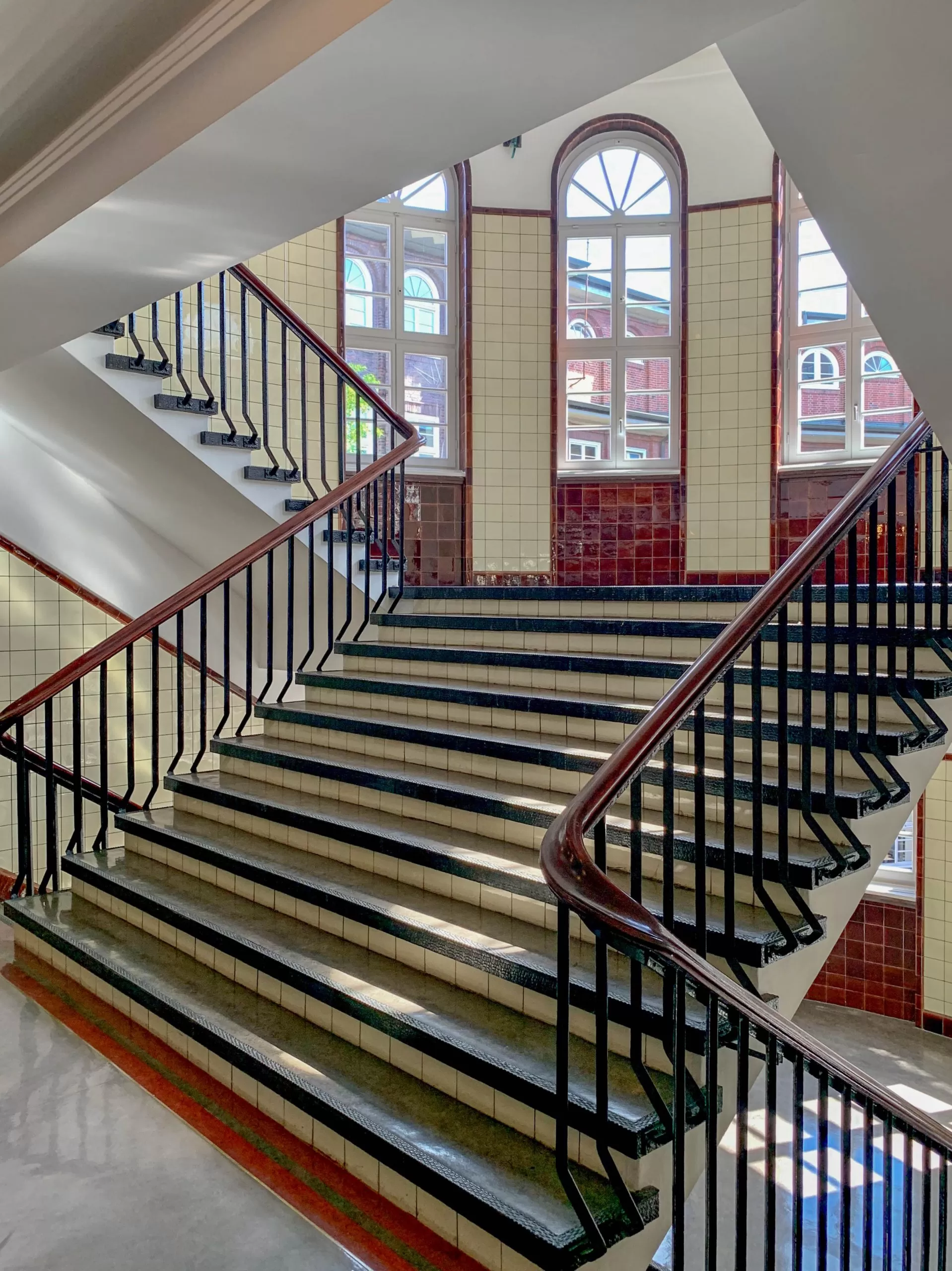
Chilehaus, 1922-1924. Architect: Fritz Höger. Photo: Daniela Christmann
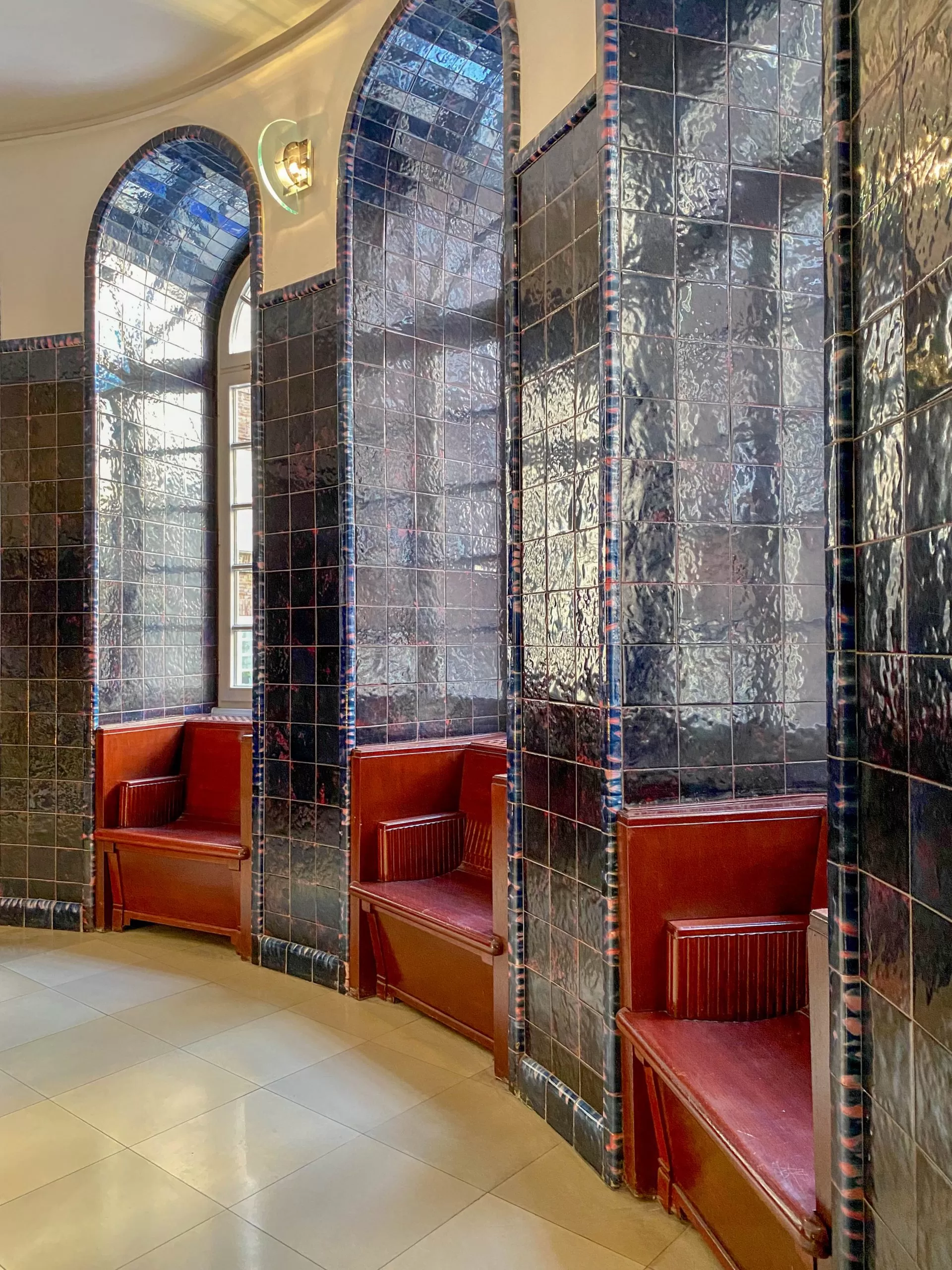
Chilehaus, 1922-1924. Architect: Fritz Höger. Photo: Daniela Christmann
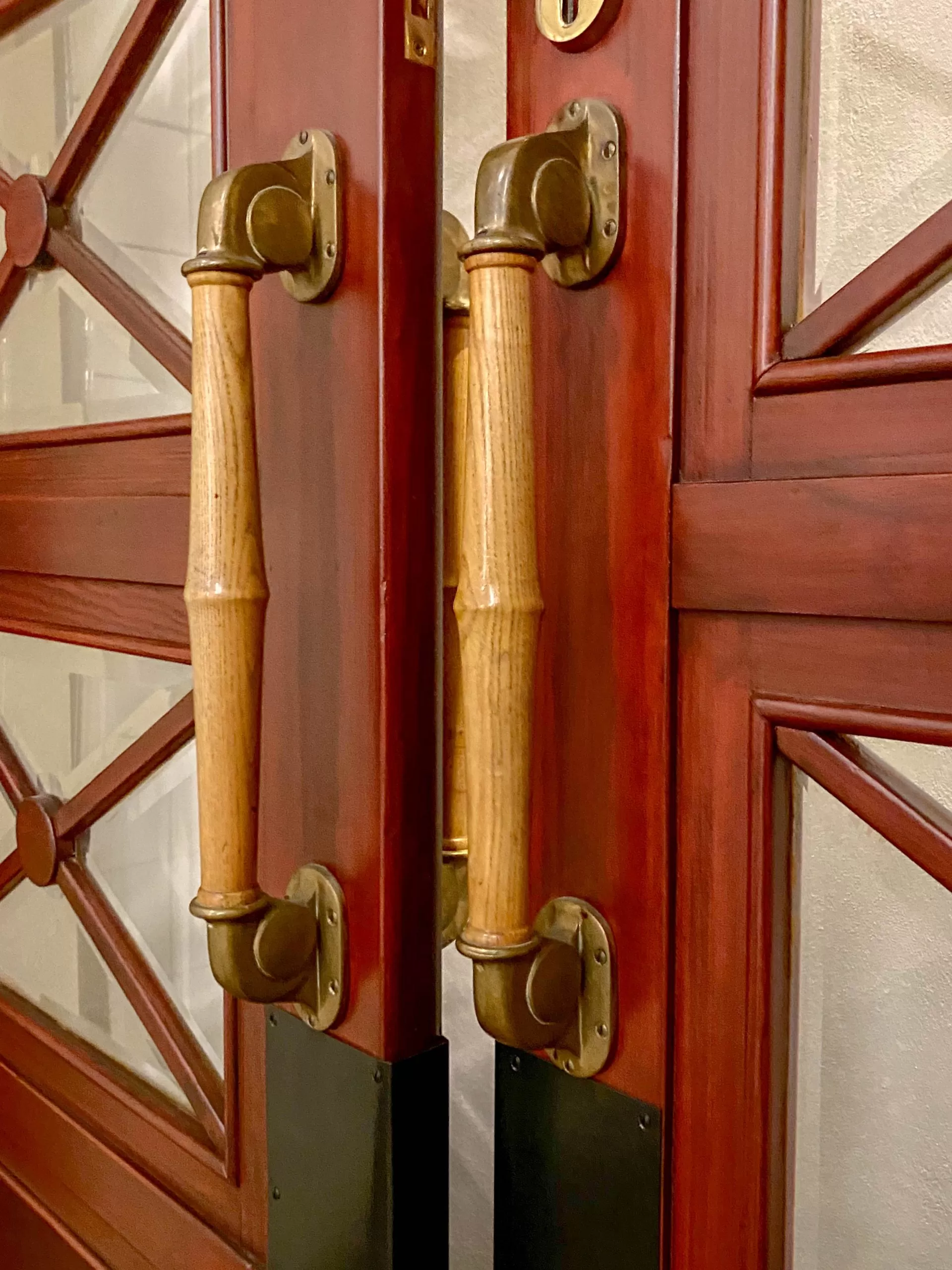
Chilehaus, 1922-1924. Architect: Fritz Höger. Photo: Daniela Christmann
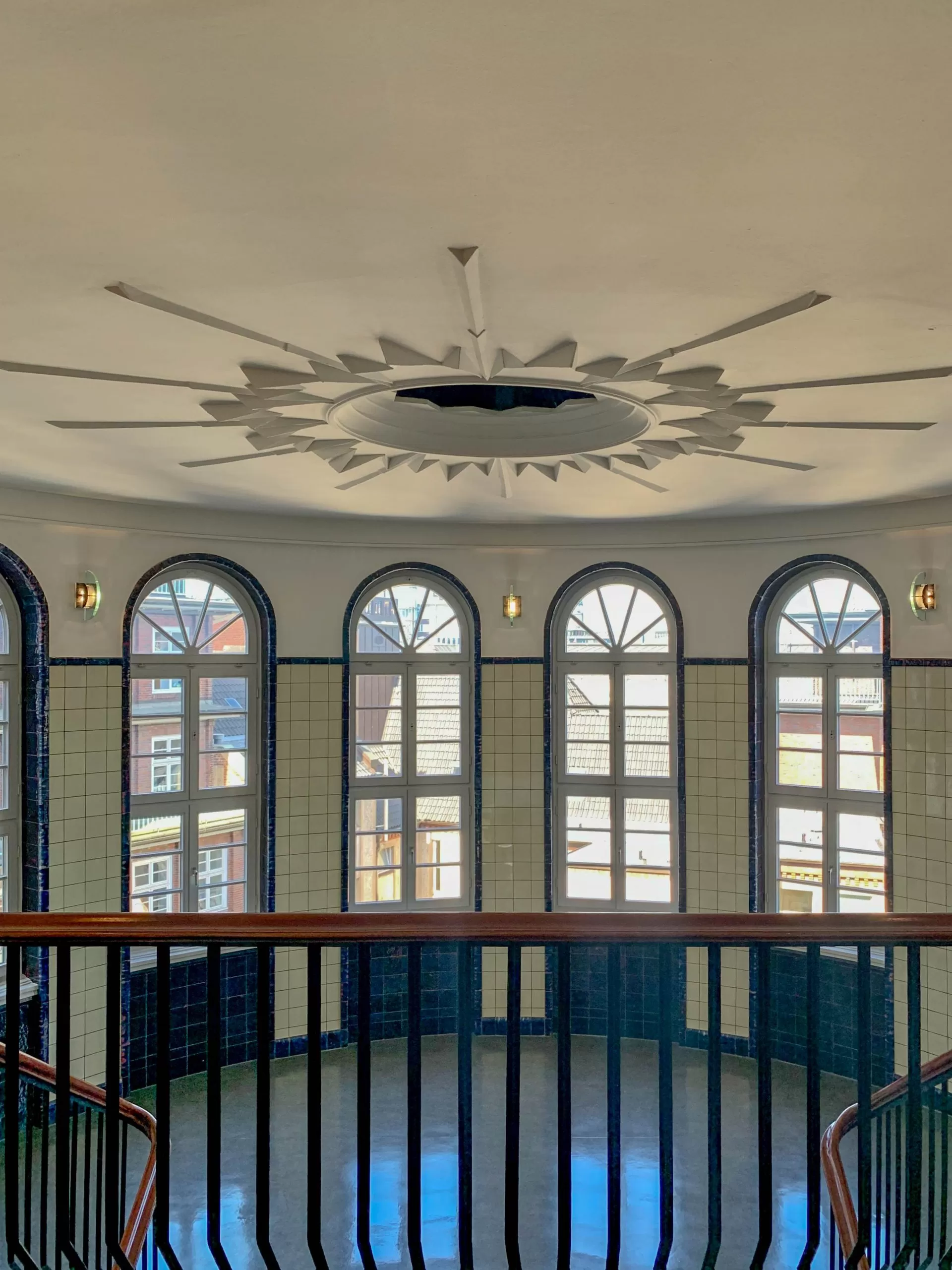
Chilehaus, 1922-1924. Architect: Fritz Höger. Photo: Daniela Christmann
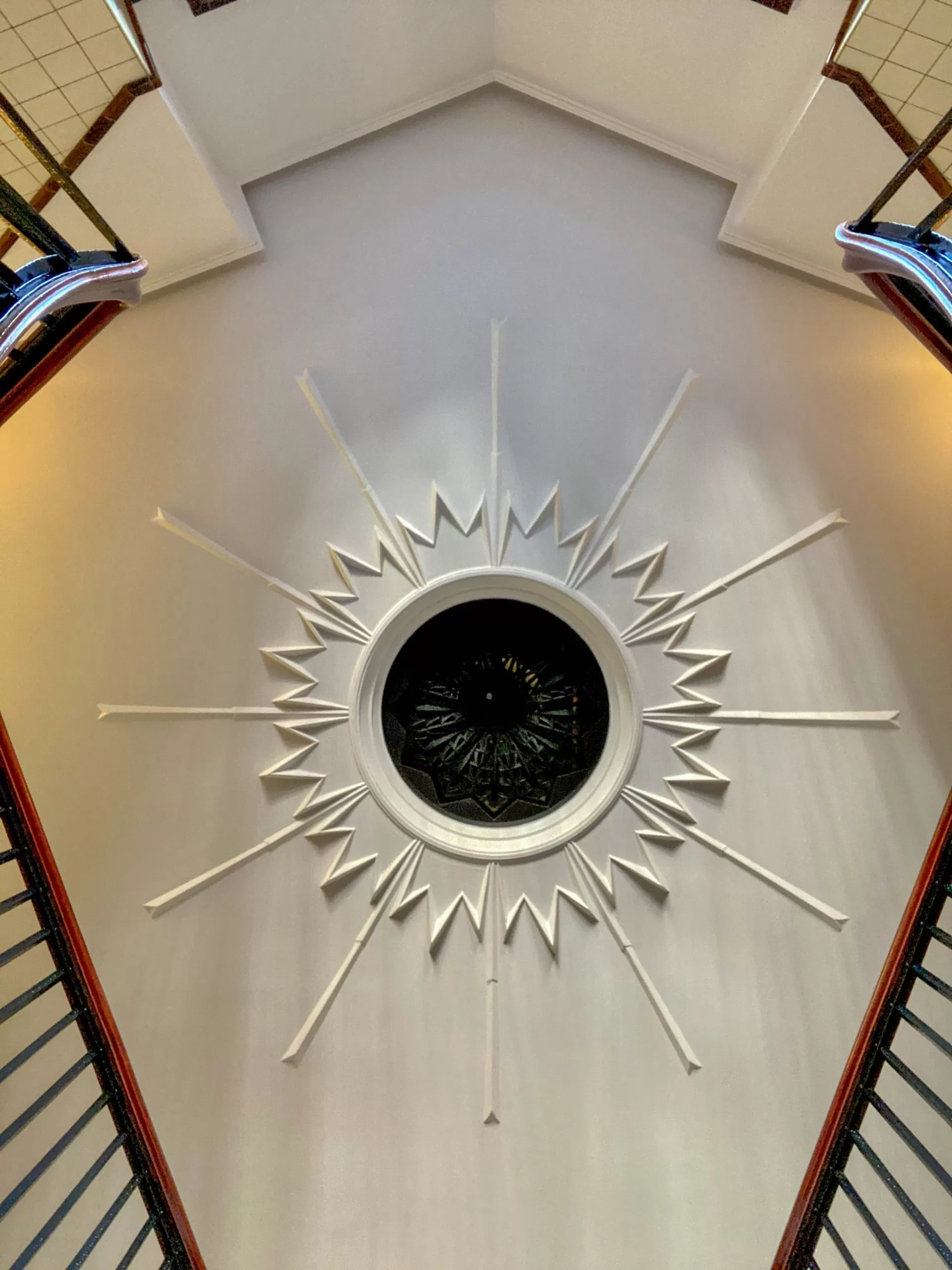
Chilehaus, 1922-1924. Architect: Fritz Höger. Photo: Daniela Christmann
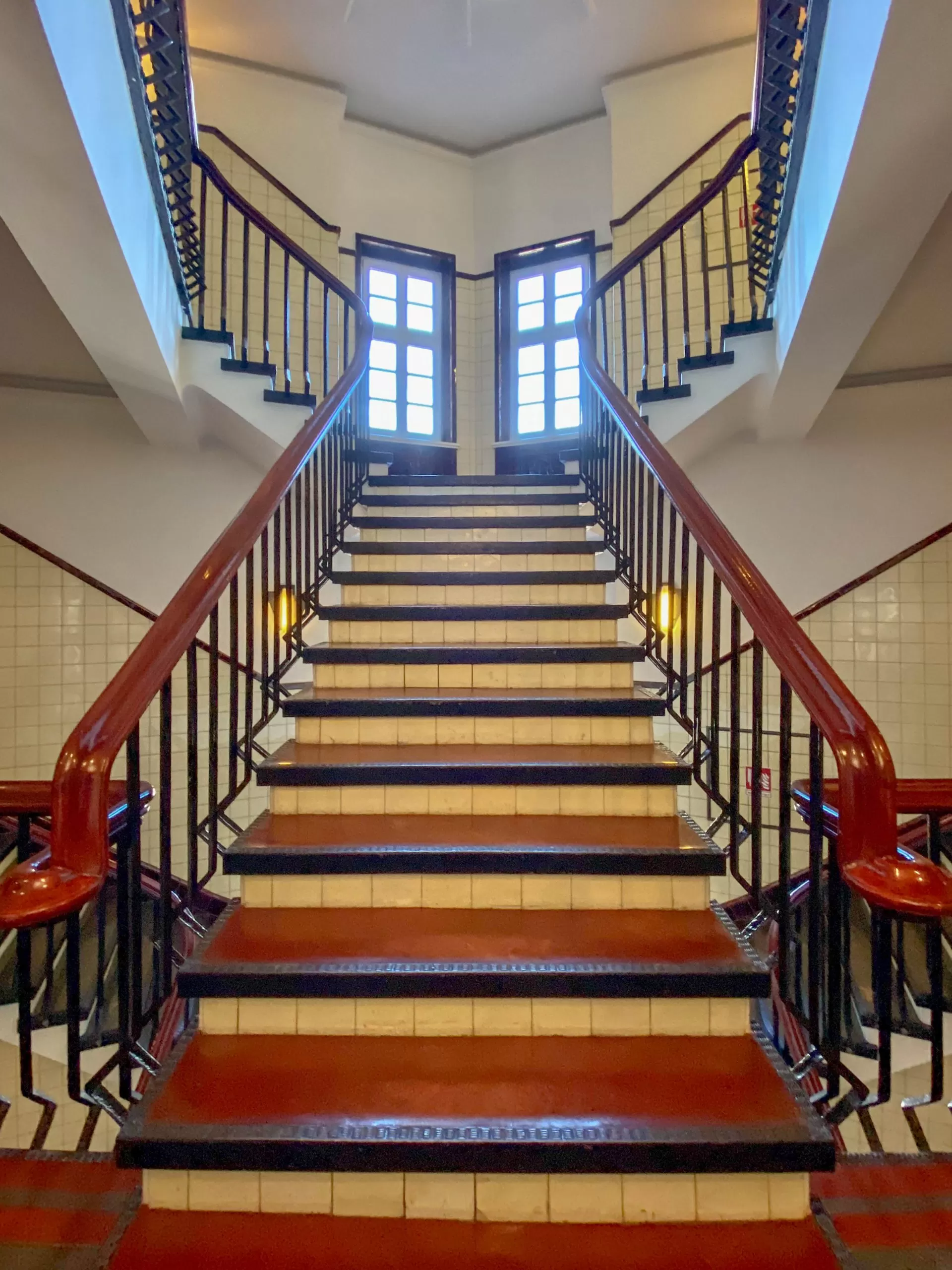
Chilehaus, 1922-1924. Architect: Fritz Höger. Photo: Daniela Christmann
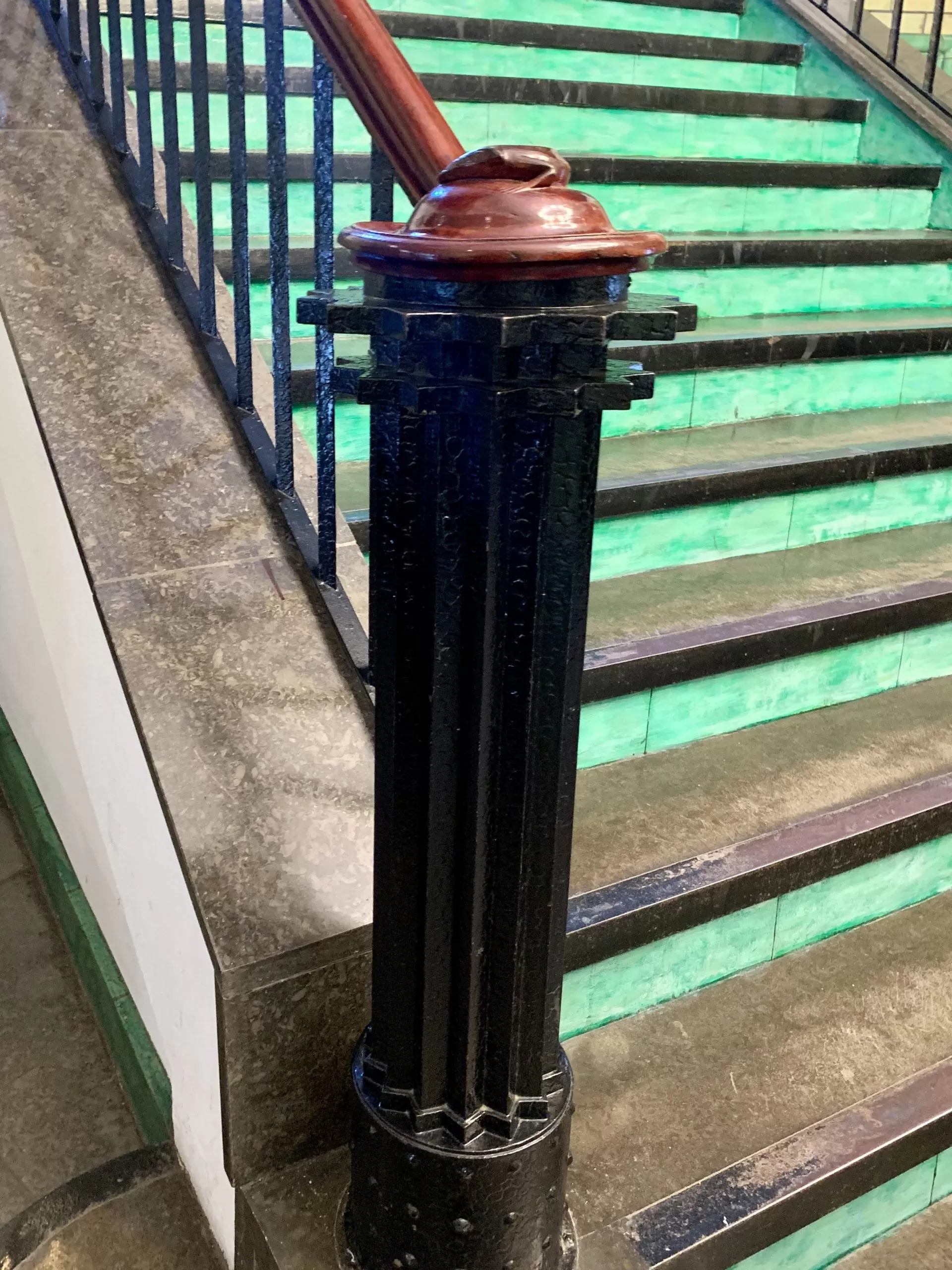
Chilehaus, 1922-1924. Architect: Fritz Höger. Photo: Daniela Christmann
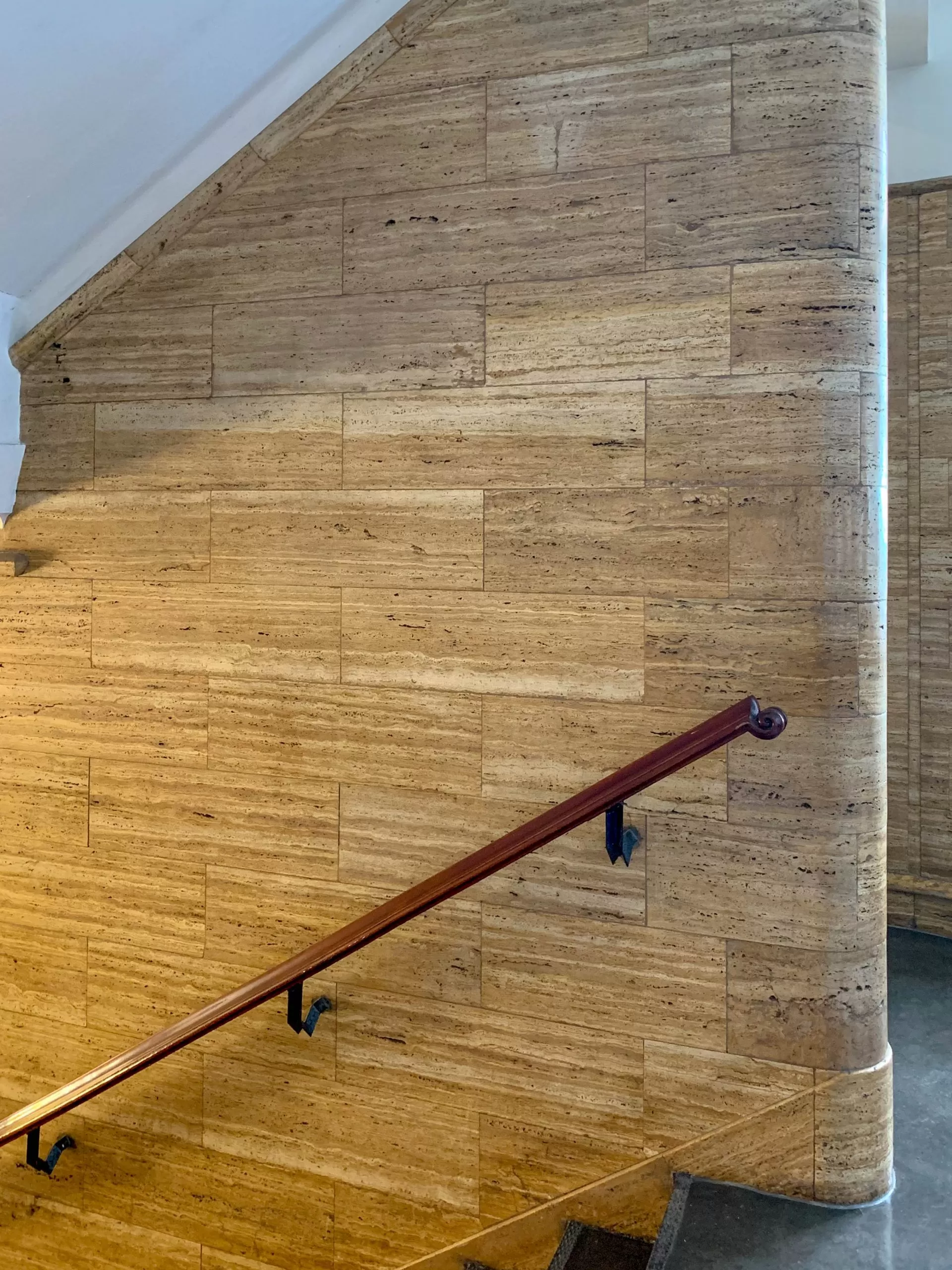
Chilehaus, 1922-1924. Architect: Fritz Höger. Photo: Daniela Christmann
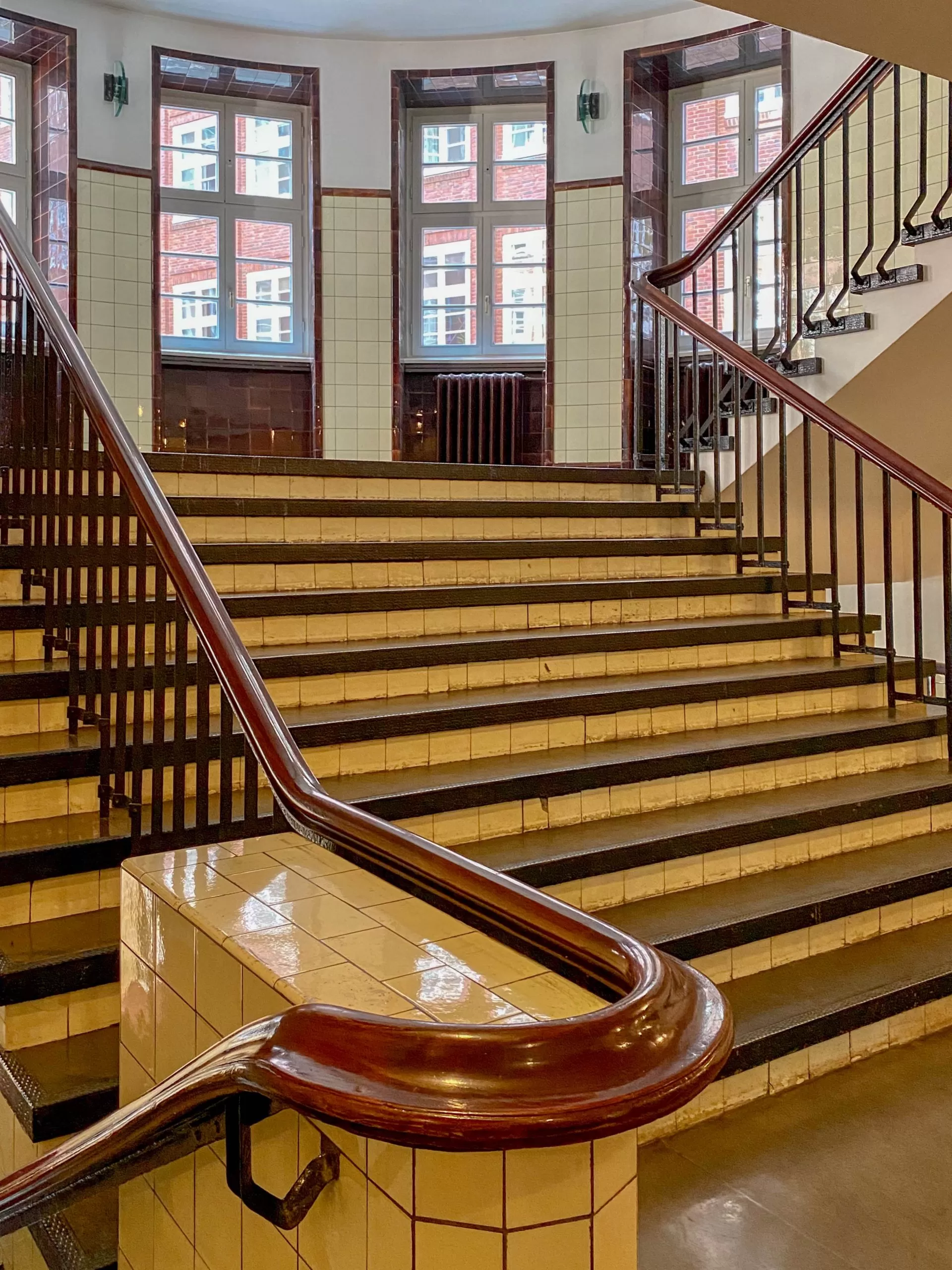
Chilehaus, 1922-1924. Architect: Fritz Höger. Photo: Daniela Christmann
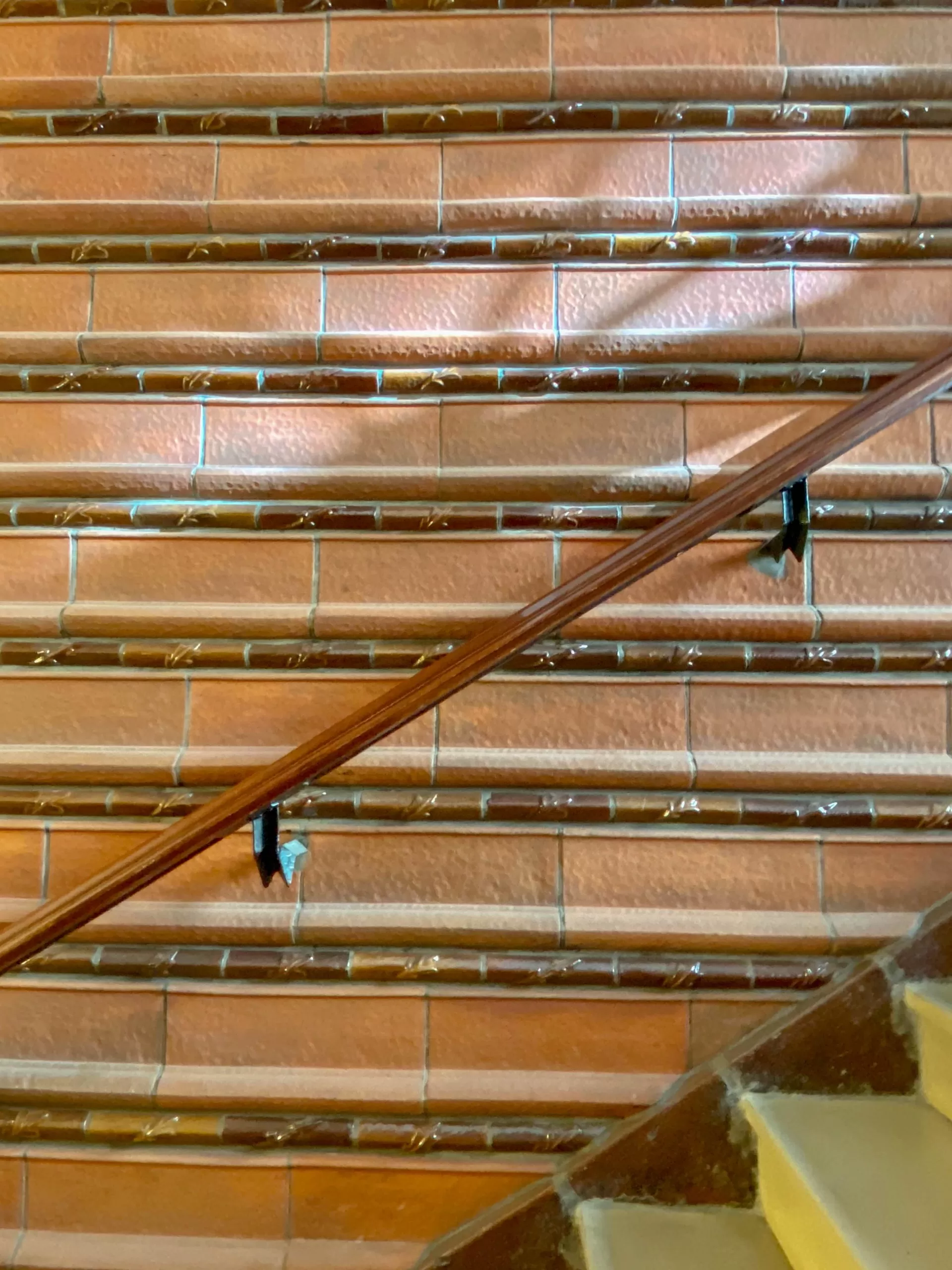
Chilehaus, 1922-1924. Architect: Fritz Höger. Photo: Daniela Christmann

